
Vanguard’s new index ETFs that hold short-term US Treasury Bonds are now live (press release).
- Vanguard 0-3 Month Treasury Bill ETF (VBIL). Tracks the Bloomberg US Treasury Bills 0-3 Months Index, which holds T-Bills with maturities of 3 months or less. Expense ratio of 0.07%.
- Vanguard Ultra-Short Treasury ETF (VGUS). Tracks the Bloomberg Short Treasury Index, which includes U.S. Treasury Bills, Notes, and Bonds with less than 12 months until maturity. Expense ratio of 0.07%.
Both are the lowest-cost ETF in their respective categories. As a result, I expect they will grow to be popular as now you can access low-cost cash from Vanguard without opening a brokerage account at Vanguard.
For now though, they’ve only been around for several days, so the volume is still relatively low and the bid/ask spreads are relatively high. For now, I am keeping my current favorite cash ETF holding: iShares 0-3 Month Treasury Bond ETF (SGOV) with an expense ratio of 0.09%, close enough for now.
This ETF.com article points out that this is a growing sector for ETFs, with iShares also launching two of the earliest money market ETFs this month:
- iShares Prime Money Market ETF (PMMF). Actively managed money market ETF. Expense ratio of 0.20%.
- iShares Government Money Market ETF (GMMF). Actively managed money market ETF. Expense ratio of 0.20%.
These ETFs do not hold only US Treasuries, but instead hold a basket of cash-equivalents that satisfy the strict SEC money market rules under Rule 2a-7 that help to ensure both safety of principal and liquidity in times of market stress. However, this covers a variety of “safe” stuff besides Treasuries so the interest paid out may not be exempt of state and local income taxes. The “Government” money market is more likely to have a higher percentage that qualifies, but when I looked at their holdings there are a lot of various swaps and/or derivatives that probably don’t count as US government obligation interest.
Anyway, interesting that you can buy money market funds as ETFs now. If they are successful, I don’t see why Vanguard wouldn’t enter this sector as well. I’m confident they could beat those expense ratios.


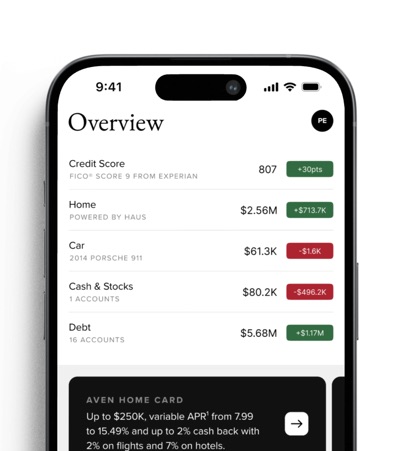
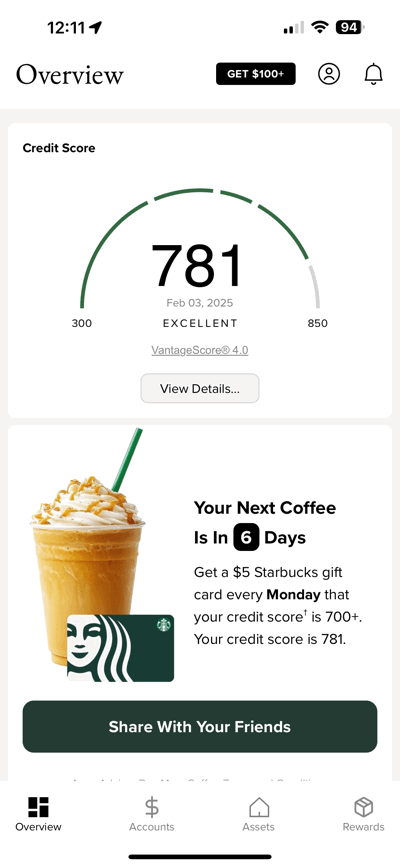
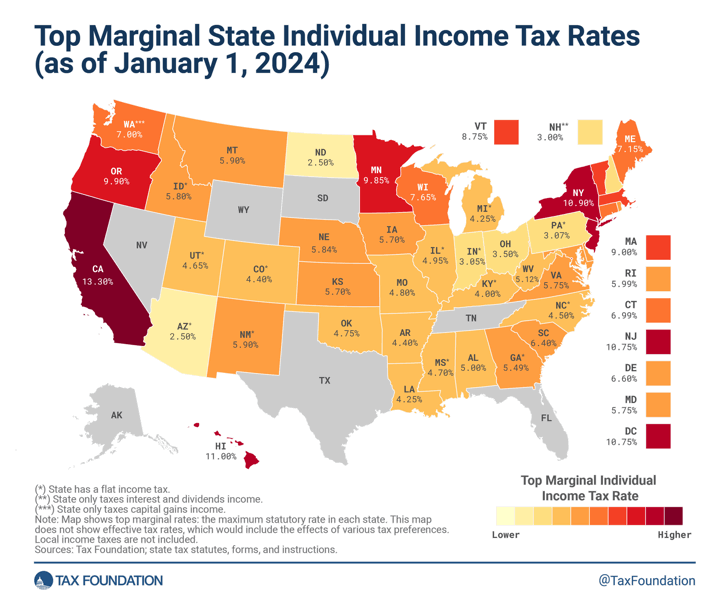

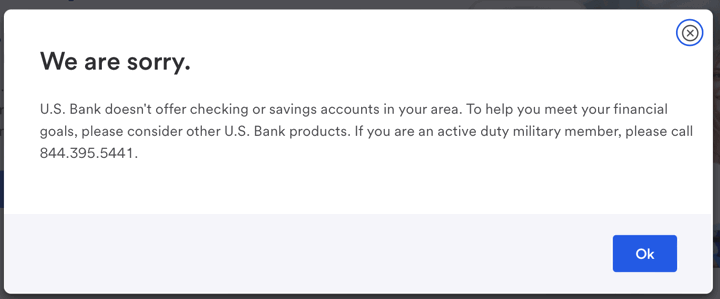
 Checked and updated for 2025. Since these are available every 12 months, it is a good idea to check these near or around the same time each year. A lot of companies make their money by collecting and selling data – your personal data. It can be critical to know what they are telling prospective lenders, landlords, even employers about you. Under the FCRA and/or FACT Act, many consumer reporting agencies (CRAs) are now legally required to send you a free copy of your report every 12 months, as well as provide a way to dispute incorrect information.
Checked and updated for 2025. Since these are available every 12 months, it is a good idea to check these near or around the same time each year. A lot of companies make their money by collecting and selling data – your personal data. It can be critical to know what they are telling prospective lenders, landlords, even employers about you. Under the FCRA and/or FACT Act, many consumer reporting agencies (CRAs) are now legally required to send you a free copy of your report every 12 months, as well as provide a way to dispute incorrect information. 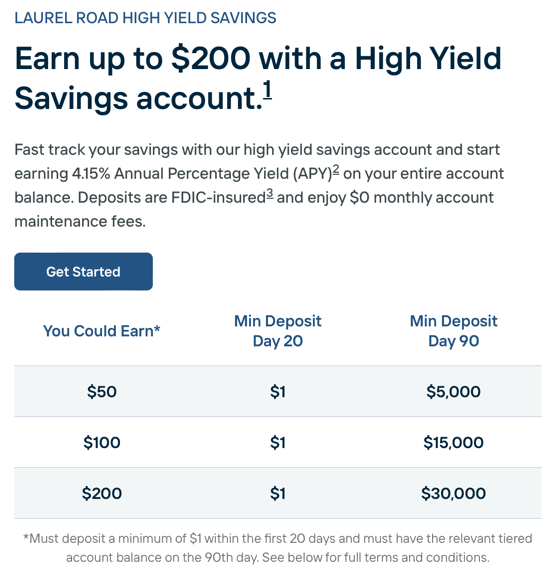


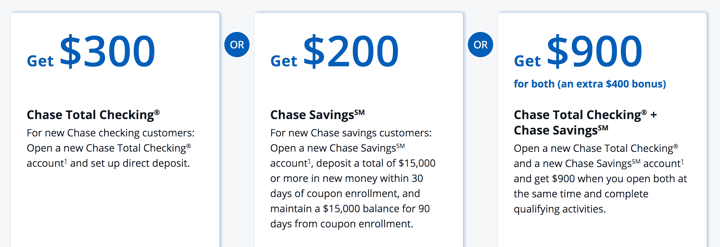

 The Best Credit Card Bonus Offers – 2025
The Best Credit Card Bonus Offers – 2025 Big List of Free Stocks from Brokerage Apps
Big List of Free Stocks from Brokerage Apps Best Interest Rates on Cash - 2025
Best Interest Rates on Cash - 2025 Free Credit Scores x 3 + Free Credit Monitoring
Free Credit Scores x 3 + Free Credit Monitoring Best No Fee 0% APR Balance Transfer Offers
Best No Fee 0% APR Balance Transfer Offers Little-Known Cellular Data Plans That Can Save Big Money
Little-Known Cellular Data Plans That Can Save Big Money How To Haggle Your Cable or Direct TV Bill
How To Haggle Your Cable or Direct TV Bill Big List of Free Consumer Data Reports (Credit, Rent, Work)
Big List of Free Consumer Data Reports (Credit, Rent, Work)